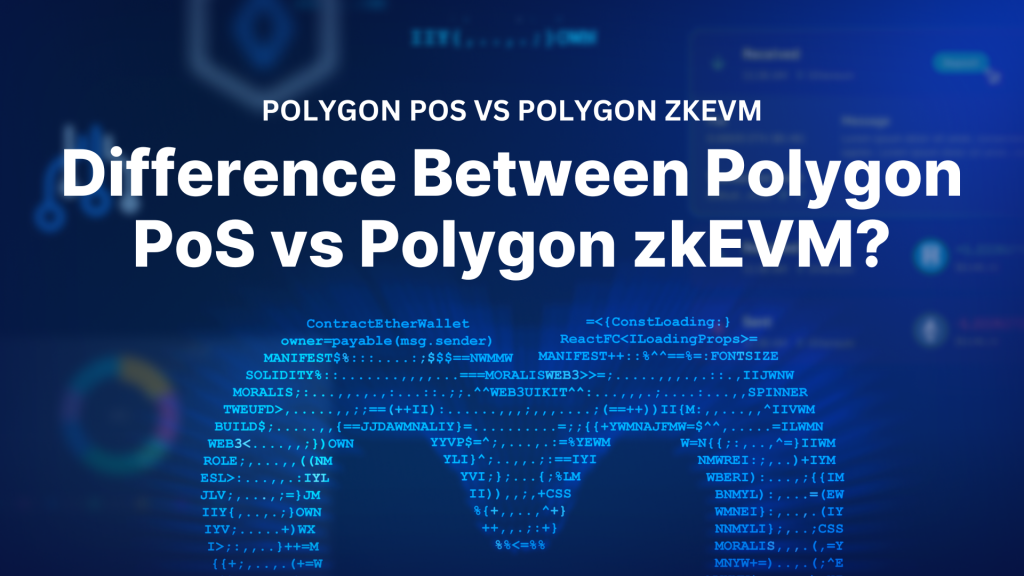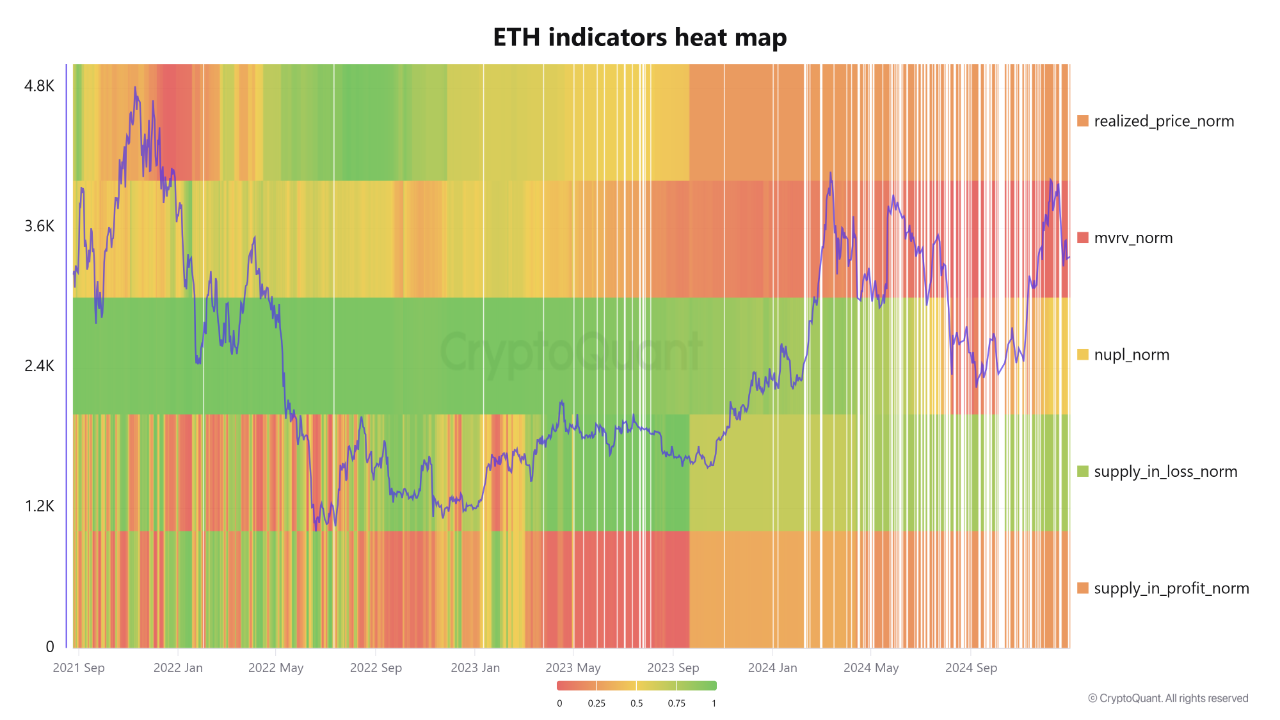Ethereum has been evolving at a rapid pace, with a strong push toward making decentralized applications (dApps) more secure, user-friendly, and scalable. In my previous two articles, we have been discussing one of the most significant changes in this direction, the introduction of ERC-4337. A standard that brought account abstraction to Ethereum, empowering users with flexible, smart contract wallets and improving transaction management.
Ethereum’s ecosystem, however, is constantly pushing the envelope, and now we have ERC-6900, a proposal designed to work hand-in-hand with ERC-4337 to enhance security, wallet recovery, and overall account management.
In this article, we’ll break down what ERC-6900 brings to the table, how it builds on ERC-4337, and why it’s a crucial development for dApp developers and users alike.
If you need to brush up on the terminology used in this article, please refer to the glossary at the end of the page.
At its core, ERC-6900 extends the concepts introduced in ERC-4337, with a focus on improving the security and flexibility of smart contract wallets. While ERC-4337 introduced a new layer of abstraction that separated user accounts from private keys, ERC-6900 tackles some of the limitations that came with…
































